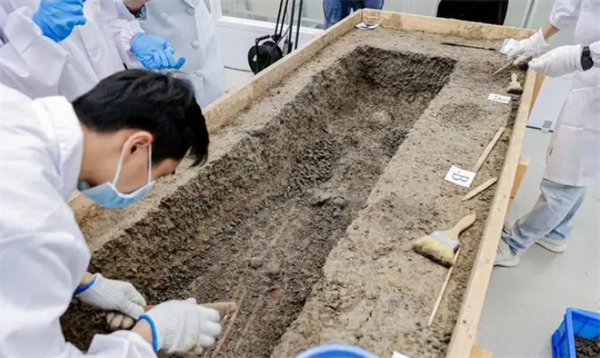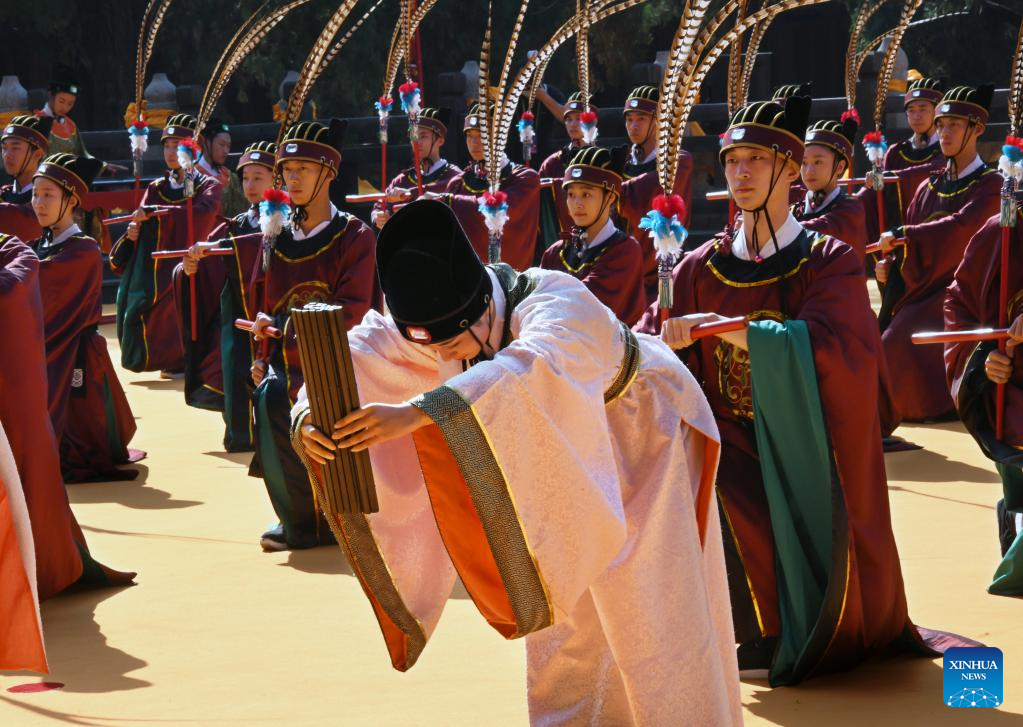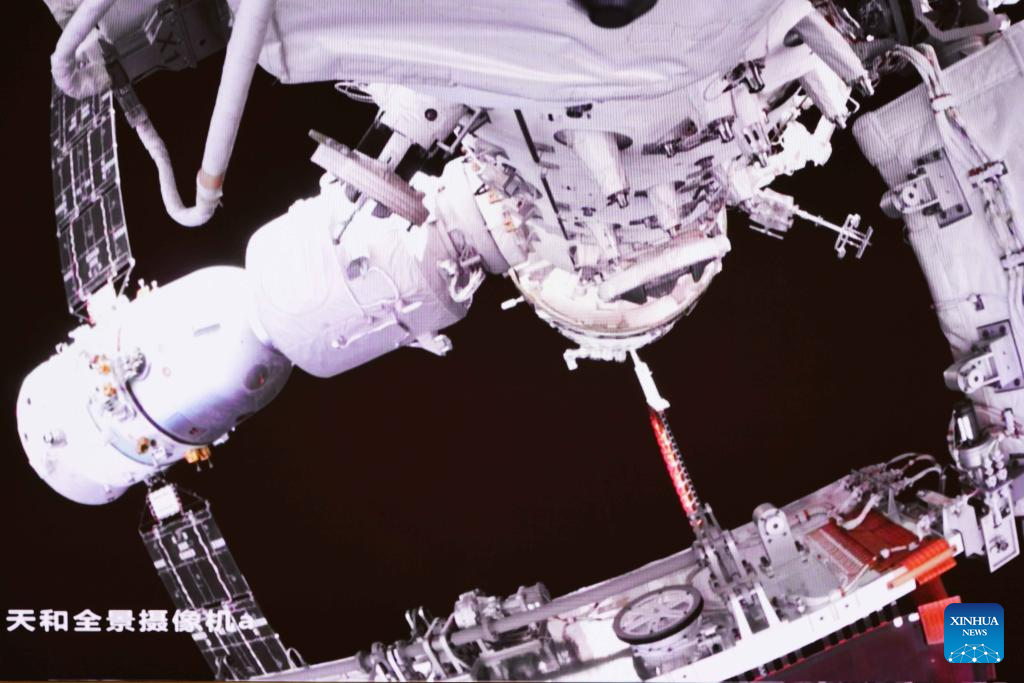
For the first time, collaborative research has generated genome data from people in the ancient Majiabang Culture period through the study of human bones excavated from the Ma’an Ruins in Wuxi City.
The Wuxi Institute of Cultural Heritage and Archaeology and Fudan University jointly announced the research breakthrough on September 17.
The genomic data from 6,000 years ago fills a gap in DNA research related to ancient populations in southern China. This data helps understand the origins and migrations of people in the lower reaches of the Yangtze River, said Wen Shaoqing, an associate professor at the university’s Institute of Archaeological Science.
Located in the Yangtze River Basin, the Majiabang Culture is the earliest Neolithic culture discovered in Wuxi and serves as the source of regional civilization there. In marking Cultural and Natural Heritage Day in June, Wuxi conducted a live stream of an archaeological excavation of two burial sites belonging to the Majiabang culture at the Ma’an Ruins, finding two skeletons. The institute’s researchers then extracted samples from the skeletons and successfully obtained DNA from one of them.
Wen noted that the DNA sample in this case is male and matches the type of DNA found in ruins in northern Vietnam (4,000-2,000 years ago), northern Laos (3,000 years ago), Indonesia (2,000 years ago), the Philippines (1,800 years ago), China’s Guangxi (1,500 years ago) as well as hanging coffins in northern Thailand (2,500-800 years ago).
“Ancient inhabitants of Ma’an had a matrilineal genetic relationship with those in southern China and Southeast Asia,” said Wen. He stressed that DNA data on ancient populations in the Yangtze River basin is still quite limited, underlining the importance of continued research in this area.




















